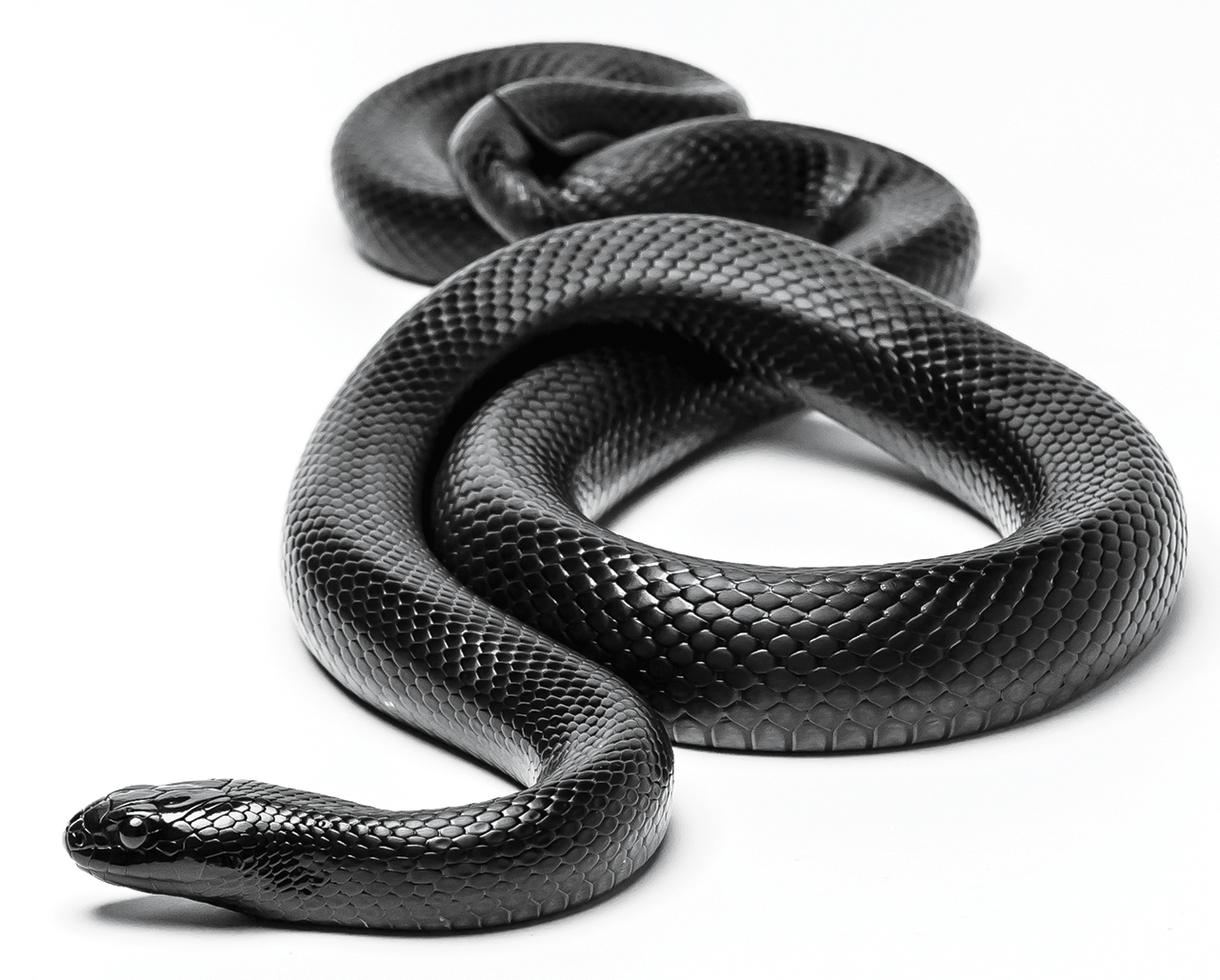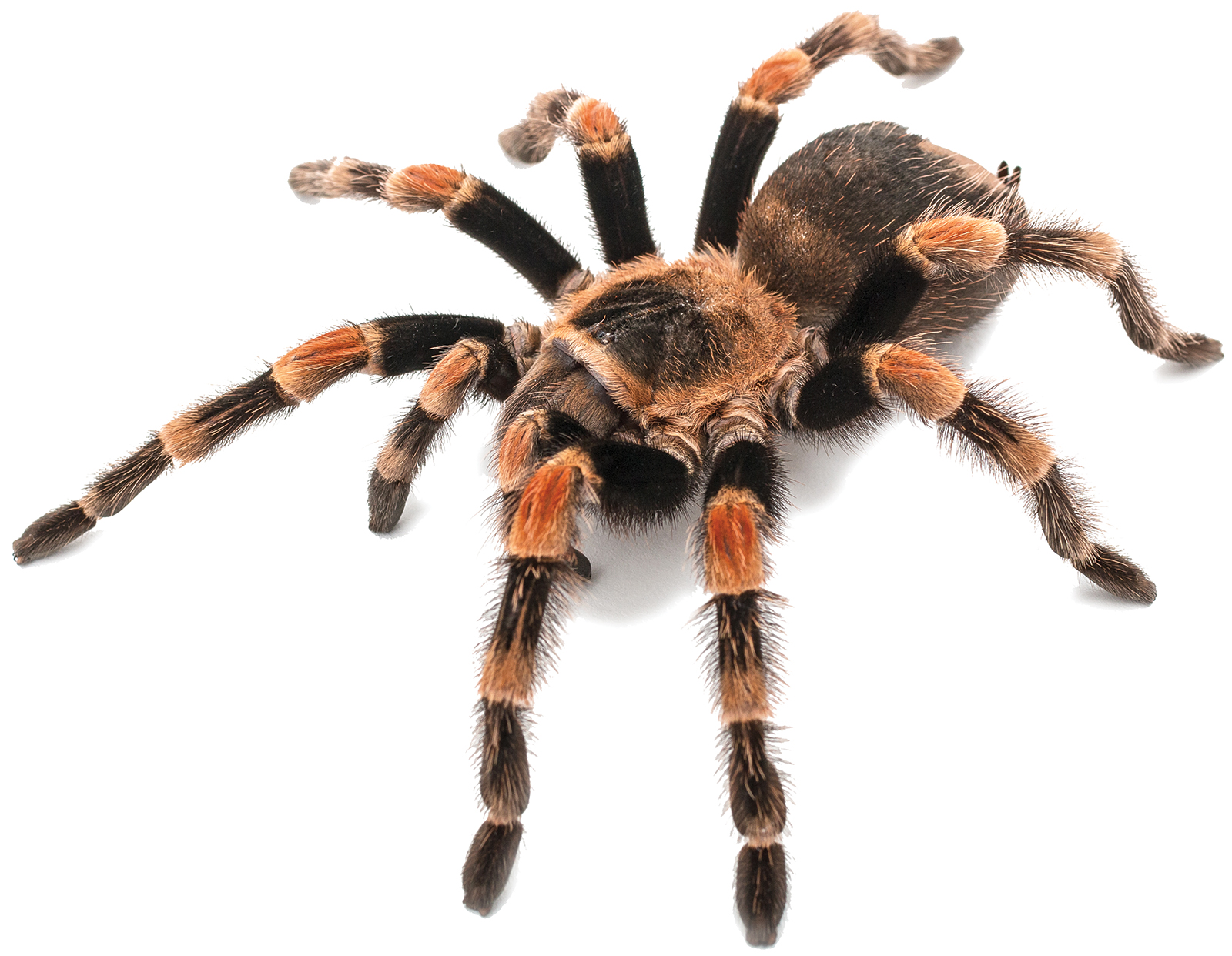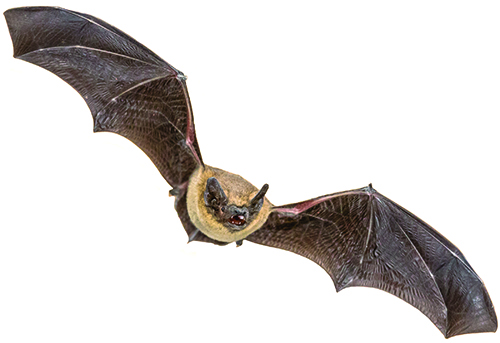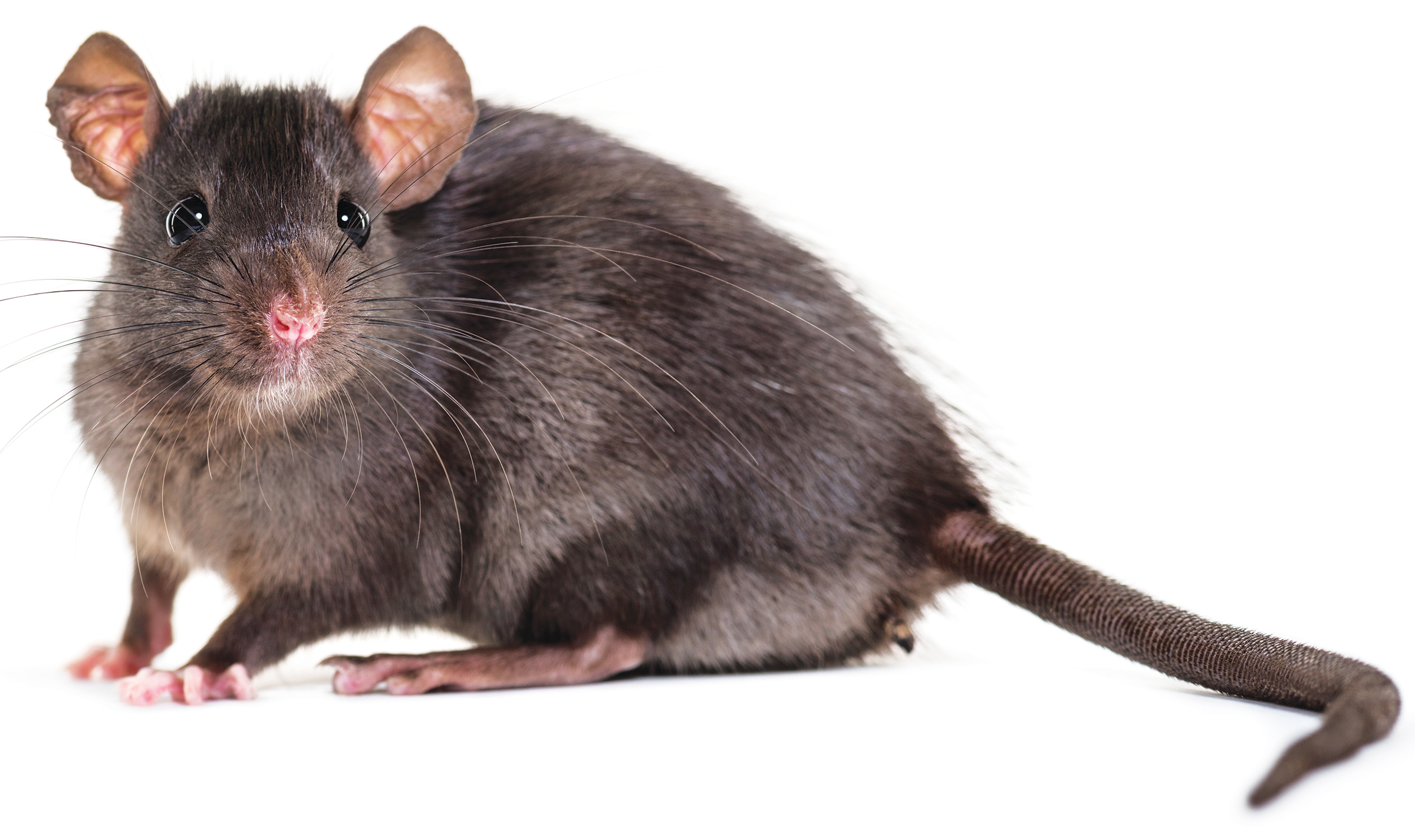What Scares You?

Images: www.shutterstock.com
Do things that go bump in the night scare you? How about creatures that fly through the dark sky or skitter across the floor? Many people fear certain bugs or other creepy critters. Sometimes there’s a reason to be afraid, but often these creatures of the night just get a bad rap. Black cats, bats and spiders star in lots of Halloween decorations. But is there any reason to be afraid of them?

The Purrr-fect Superstition
Black cats are the featured felines of the fall. Some people used to be SUPERSTITIOUS about having a black cat cross their path—they thought it was bad luck! How did these kitties get a black mark on their reputation?
The superstition about black cats likely started in the 13th century in Europe when cats were associated with dark magic and witches. There were people who believed that witches kept animals like cats. They thought witches could use a black cat to spy. They even thought that a witch could turn into a cat!
There were also rumors that cats could spread the bubonic plague, a deadly disease. Because of these fears, many cats were killed. In a strange twist, getting rid of cats probably helped the disease spread as rodent populations increased—bubonic plague is caused by a bacterium spread by fleas and rodents like rats.
In some parts of the world, a black cat is not a bad omen—just the opposite. In Egypt, Japan, Wales and Scotland, black cats are considered lucky! In Celtic tradition, when a black cat comes to your home it brings good fortune.

It’s Shiny and Shy, So Just Leave It Alone!
Snakes are widely reviled and feared, especially in Western culture. From the first day of Sunday school with its lessons of an evil snake offering an apple, to most people’s natural dislike of things that slither around with no legs, snakes acquire a bad REPUTATION, according to Russ Johnson. But all that fear and loathing, “all of it is unwarranted,” he says.
Johnson is the president and founder of the Phoenix Herpetological Sanctuary. The sanctuary has been working to promote conservation and preservation of native and non-native reptiles for nearly 25 years.
The job that snakes do in our ecosystem is vital, says Johnson, especially in controlling rodent populations. Johnson says that for many kids, their first experience with a snake is to hear mom or dad scream at the top of their lungs if they get too close. That is likely to spike a youngster’s fear as much or more than a mere reptile might.
“All bites are preventable,” says Johnson. His advice to kids and adults is “don’t put your hands or feet where you can’t see” and “don’t be stupid.” So if you encounter a snake in the wild, don’t bother it and DO NOT try to pick it up—just leave it alone!

Eight Hairy Legs Will Make Movie Audiences Scream!
Old-time monster movies and thrillers often used tarantulas to creep out viewers. Here in the desert we know that big, hairy spiders like tarantulas and wolf spiders may look fearsome, but they are pretty harmless. Some people even keep tarantulas
as pets!
Spiders are venomous, but most pose no danger to humans. In Arizona, the spiders you have to beware of are black widows and brown recluses. These spiders are dangerous—if bitten you should get medical treatment. However, most spider bites are harmless. You might see a red mark, but you might not even notice unless you are allergic. To be safe, when you see a spider, leave it alone.
Tarantulas are nocturnal. They live in burrows and come out at night to hunt insects and small animals like lizards. Just like snakes shed their skins, tarantulas have to shed their exoskeletons when they grow—it’s called molting. Male tarantulas live to be about 12, while females can live over 20 years. According to the Arizona-Sonora Desert Museum, a female desert tarantula can lay up to 100 eggs, but fewer that 5 percent will live to adulthood.

This Little Nocturnal Marvel Is No Monster!
Bats are noc-turnal—almost all species of bat roost during the day and FORAGE for food at night. That’s one reason they may be associated with the dark. But unlike in a monster movie, a bat is very unlikely to suck your blood! A vampire bat mostly feeds from livestock like horses or cattle, plus you are not going to encounter any vampire bats in Arizona—they don’t live here.
There are 28 bat species that do live in our state. Most of them eat insects, while two species eat fruit and nectar. Insect eating bats are very important to humans. According to the US Fish & Wildlife Service, bats save farmers over $1 billion each year in crop damage and pesticide costs—just for corn! Bug-eating bats also reduce insect borne human diseases.
Bats are the only mammals that fly, and like birds and bees they are also critical pollinators. Bats like the lesser long-nosed bat are important pollinators for saguaro, organ pipe cactus and agave. In other parts of the world, bats help pollinate plants like peaches and bananas.
If you see a bat, don’t bother it. Bats can carry rabies, but according to Arizona Fish & Game less than 1 percent of wild bats have rabies. These fuzzy fliers are protected in our state!

Recent studies question whether rats were really to blame for spreading the plague throughout Europe in the 14th century.
The Black Death or bubonic plague, which killed millions of people between 1347 and 1351, was likely spread by fleas and lice carried on humans and their clothing.



